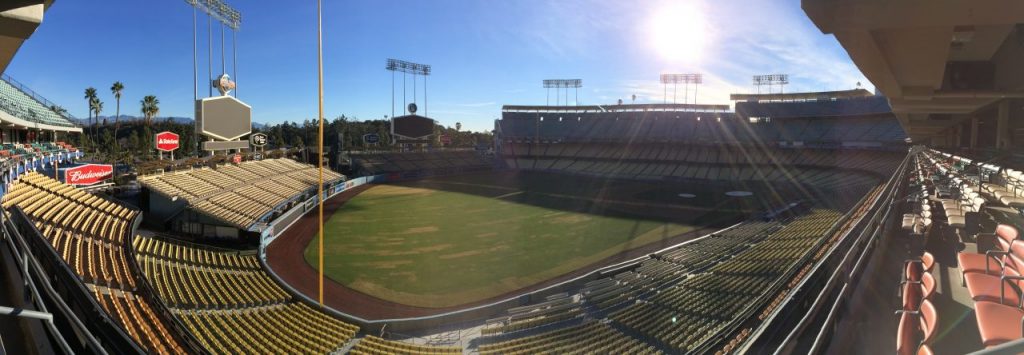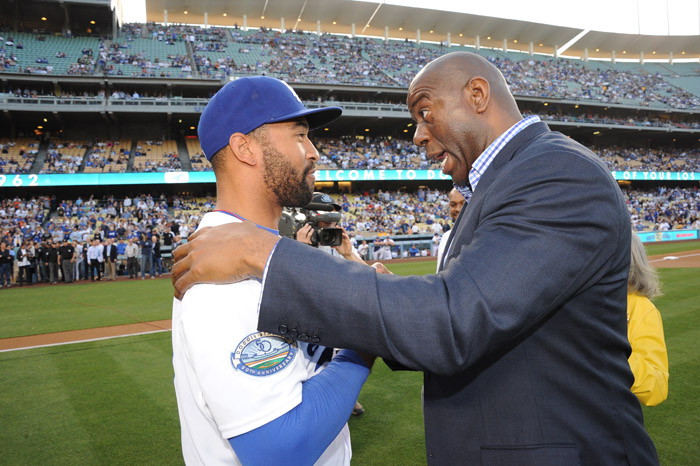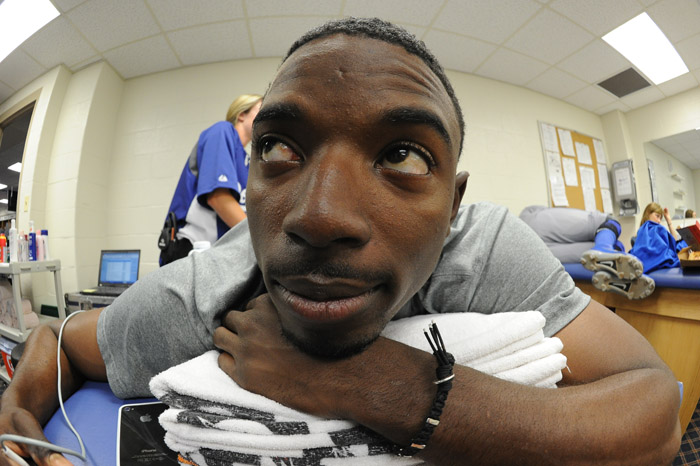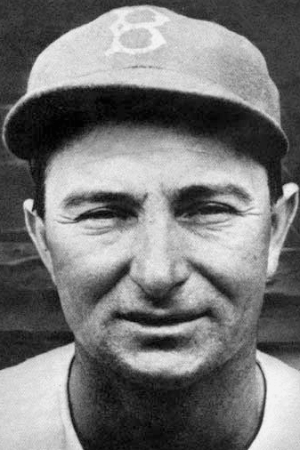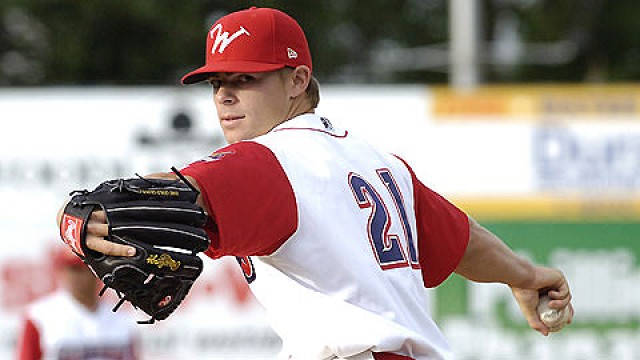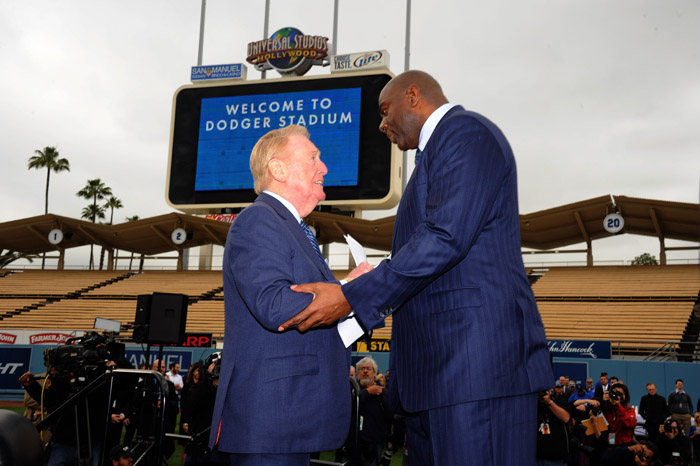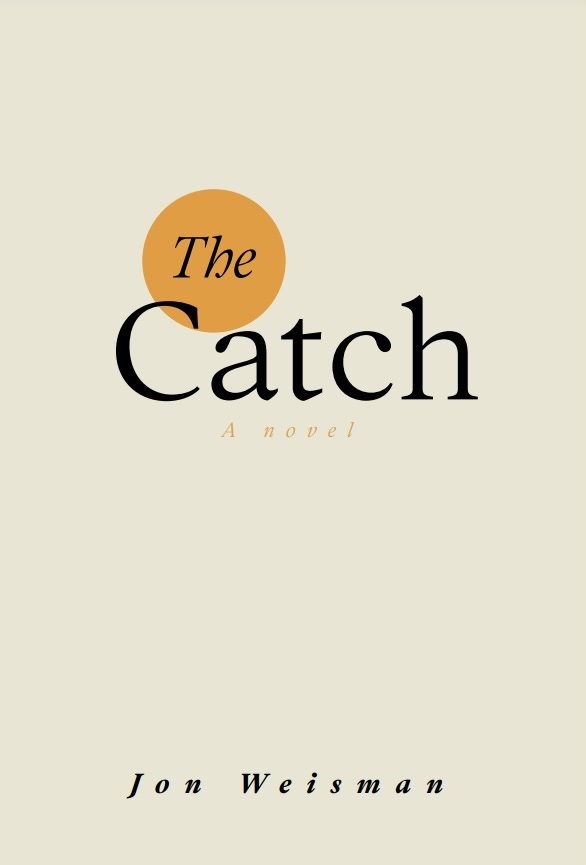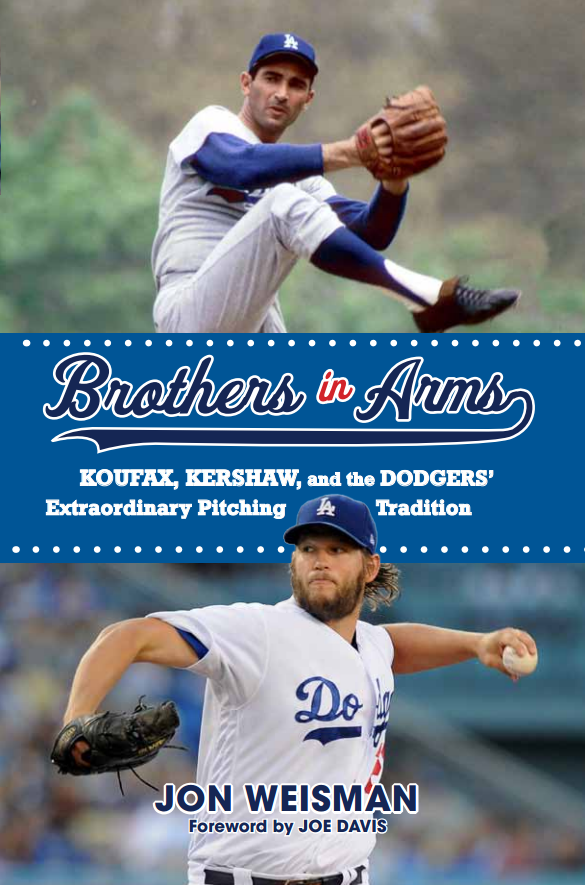Dodger bullpen losses since April 17
April 17: Guerra allows two in bottom of ninth at Milwaukee.
April 18: Guerrier allows one in bottom of 10th at Milwaukee.
April 24: Guerra allows one in top of ninth vs. Atlanta.
April 25: Guerra allows three in top of ninth vs. Atlanta.
May 2: Wright, Elbert allow three in bottom of ninth at Colorado.
In their past 16 games, the Dodgers have gone 8-8. Five of those eight losses since April 17 have come in the ninth or 10th innings, and another, Friday’s 5-4 defeat against Chicago, came after Dodger relievers allowed a key run in their first inning of work.
Dodger relievers have a 4.38 ERA this season (compared to the starters’ 3.13) and have allowed 44 percent (17 of 39) of inherited runners to score. Last year, Dodger relievers had a 3.92 ERA, and 33 percent of their inherited runners scored.
It might be natural to conclude from this that the bullpen is a disaster. It’s not, but it has definitely shaped the Dodgers’ .500 play of late.
Two veterans – Todd Coffey and Mike MacDougal – have been almost completely ineffective, with MacDougal losing his job after only 5 2/3 innings this year. (Ken Gurnick of MLB.com writes that MacDougal never found his command after batting a finger injury and the flu.) Coffey, for that matter, has only pitched 2 2/3 innings himself in 2012.
A younger pitcher, 26-year-old Scott Elbert, has allowed opponents to go 12 for 27 with two home runs and three walks, for a 1.204 OPS – something close to a Matt Kemp figure. Left-handed batters are 5 for 13 with a home run and a walk (1.159 OPS).
On the bright side, Josh Lindblom and Kenley Jansen have been nearly flawless this season. Each has had two disappointing games – and yet the Dodgers have won every one of them. Lindblom allowed two inherited Padres to tie the game April 15 and gave up three runs against Colorado May 1, but neither outing cost the Dodgers a victory. Jansen has held opponents scoreless in 13 of 14 games since Opening Day, the only blemish being the two-run home run he surrendered to the Padres on April 13 – another game that the Dodgers pulled out in the end.
In addition, Jamey Wright, with the exception of his ninth-inning defeat Wednesday, has been useful.
That leaves us with Guerra, the pitcher who has done the most to shape the current perception of the bullpen. Guerra began the year with six consecutive scoreless appearances, and even after his first blown save at Milwaukee, came back to retire the side in order with two strikeouts in each of his next two games. Two weeks ago, Guerra had a 2.16 ERA, 11.1 strikeouts per nine innings and an opponents’ OPS of .450.
Then Guerra lost two games on consecutive nights against Atlanta, taking a line drive to the chin in one, before giving up another ninth-inning run in a victory over Washington, and suddenly he was dogmeat.
This should tell you something obvious – and not that Guerra doesn’t have the stuff to pitch in the ninth inning. It never fails that any late-inning failure will be seen by a huge number of fans as an inability to pitch in that particular stage of the game. There probably aren’t five people in the world who can tell you how Dodger batters hit in the ninth inning – so-called “clutch performance” at the plate has never been tied to a single inning, but rather late innings. But when it comes to relievers, there’s this vast perceived gulf between the eighth and the ninth – a gulf that, it seems safe to say, can be blamed on the invention of the save stat and the idea that any time you allow a tying or winning run to score in a save situation is inexcusable. Somehow, it’s lost that runs allowed in the seventh and eighth innings hurt your chances of winning as much as runs allowed in the ninth.
No, what Guerra’s season-to-date should tell you is how much one bad week can wreck a reliever’s resume, especially this early in the season. Again, compare this to hitters, or even starting pitchers. You would never take a bad week and let that be your verdict on a player who wasn’t a relief pitcher, not if you were a sentient human. But, especially in the first part of a season, that’s exactly what’s being done with Guerra if you’ve lost faith in him.
There has always been some doubt about how good Guerra will be, but 60 games into his major-league career, even with the struggles of recent days, Guerra has a 2.95 ERA, 8.1 strikeouts per nine innings and an opponents’ OPS of .643. The next Mariano Rivera he isn’t, but he does seem to have some real talent (regardless, if this needs to be said, of what inning he pitches in).
One month isn’t enough to tell you how good a bullpen is. It doesn’t mean the losses don’t hurt – it’s amazing to think that Los Angeles could be 22-4 if Dodger relievers had been able to pitch just a little more scoreless ball. However, the fact that the Dodgers have come back to score their own late-inning rallies should be all you need to know about the imperfections of bullpens ’round the country.
Maybe Coffey or Elbert won’t get it together this season. Maybe someone like Shawn Tolleson (1.47 ERA, 11.9 K/9 in 55 innings at Double-A Chattanooga in 2011-12) could help the team now. And who knows what Ronald Belisario will bring? But you can’t say right now that any of the current Dodger relievers won’t be good over the course of the 2012 season. You also can’t say that one of the good ones won’t suddenly lose it. It’s all a matter of educated guesses at this point.
Guerra came back on Tuesday to save the Dodgers’ 7-6 victory at Colorado, two of the outs coming after a one-out single and A.J. Ellis’ passed ball put the tying run in scoring position. What does that tell you? Basically, nothing.
Dodgers at Cubs, 10:10 a.m.
Dee Gordon, SS
Mark Ellis, 2B
Matt Kemp, CF
Andre Ethier, RF
Bobby Abreu, LF
Jerry Hairston Jr., 3B
James Loney, 1B
Matt Treanor, C
Chris Capuano, P
